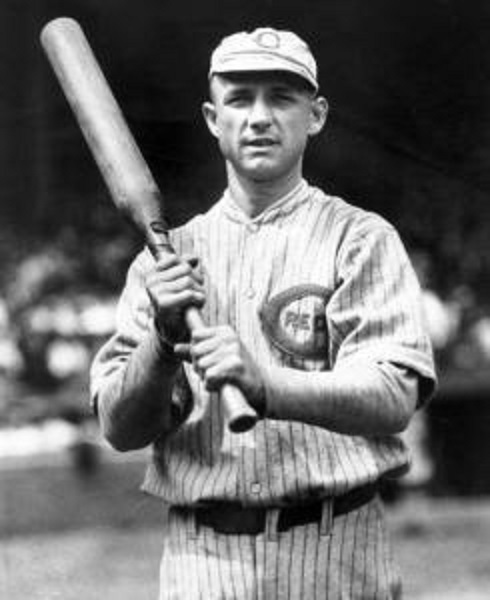Featured Panoramic Photo Above:
Classic Charles Conlon photo of Ty Cobb sliding into Jimmy Austin
Baseball History Comes Alive Now Ranked As a Top Five Website by Feedspot Among All Baseball History Websites and Blogs!
(Check out Feedspot's list of the Top 35 Baseball History websites and blogs)

Guest Submissions from Our Readers Always Welcome! Click for details
Subscribe to Old Baseball Photos and Essays for automatic updates (sign-up block found in right side-bar)
As a Free Bonus for subscribing, you’ll get instant access to my two Special Reports: Memorable World Series Moments and Gary’s Handy Dandy World Series Reference Guide!
1919 Cincinnati Reds Photo Gallery
Click on any image below to see photos in full size and to start Photo Gallery:
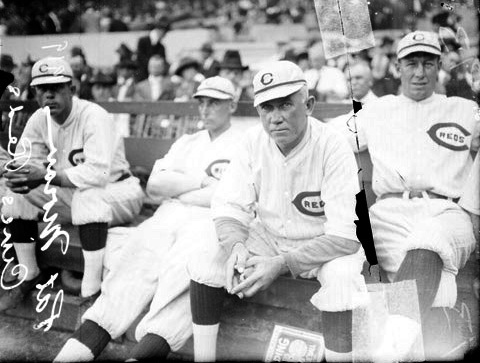
Reds manager Pat Moran during the 1919 World Series. Edd Rousch on the bench 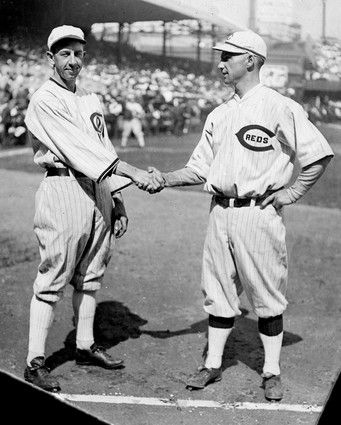
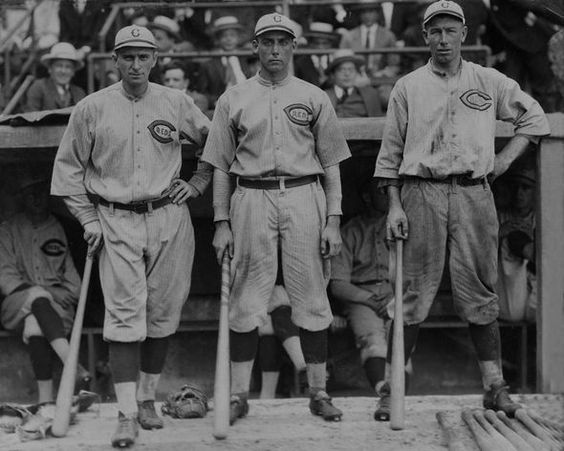
Reds players Sherry Magee, Edd Roush and Greasy Neale 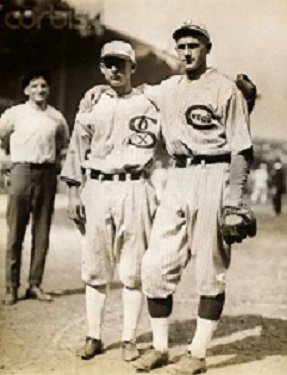
Game Six starters, Dickie Kerr and Jimmy Ring 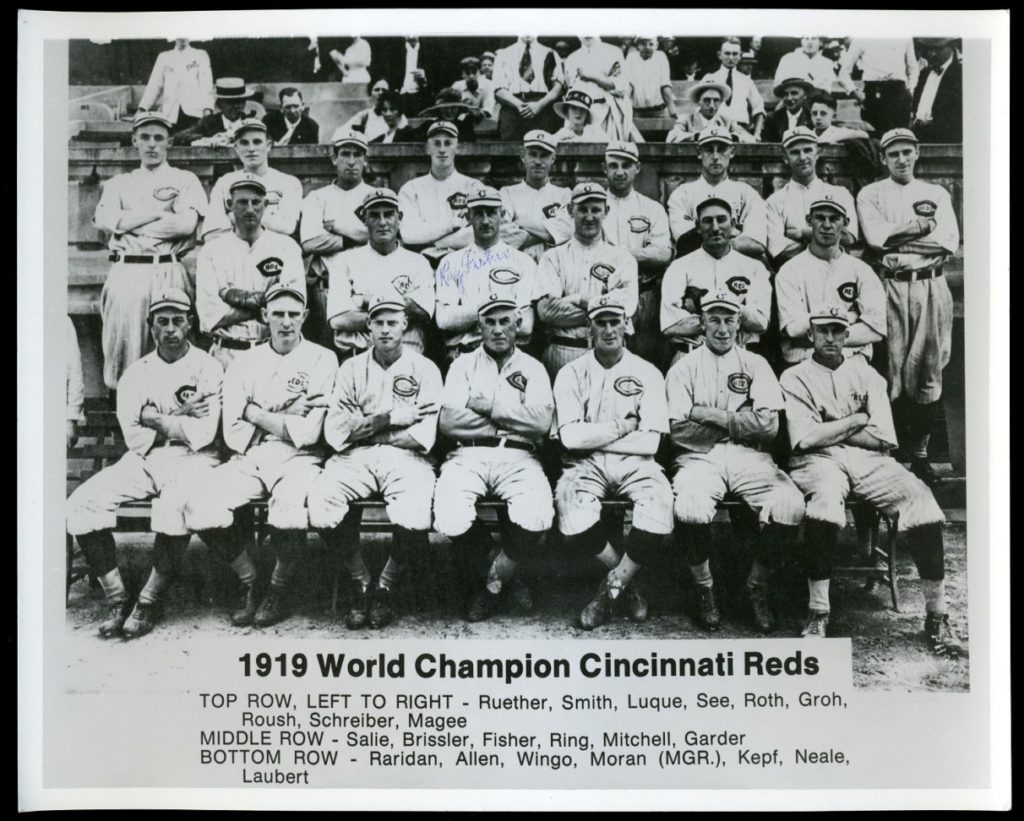
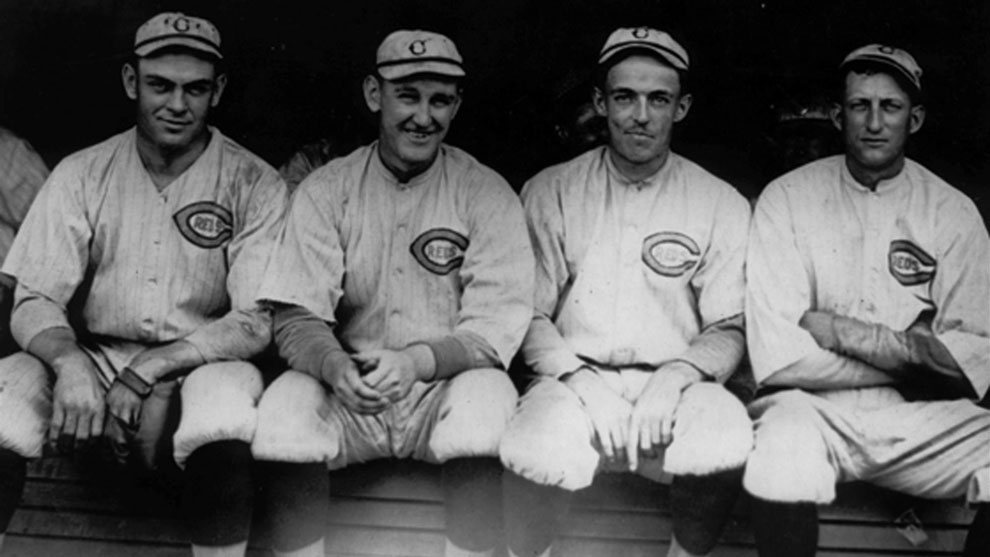
Red pitchers Hod Eller, Jimmy Ring, Dutch Ruether, and Slim Sallee. 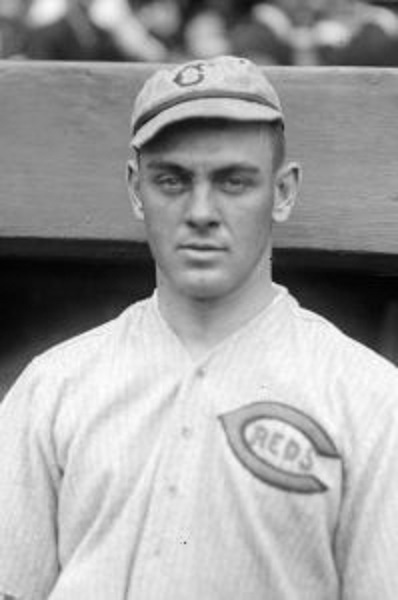
Hod Eller, ace of the Reds staff 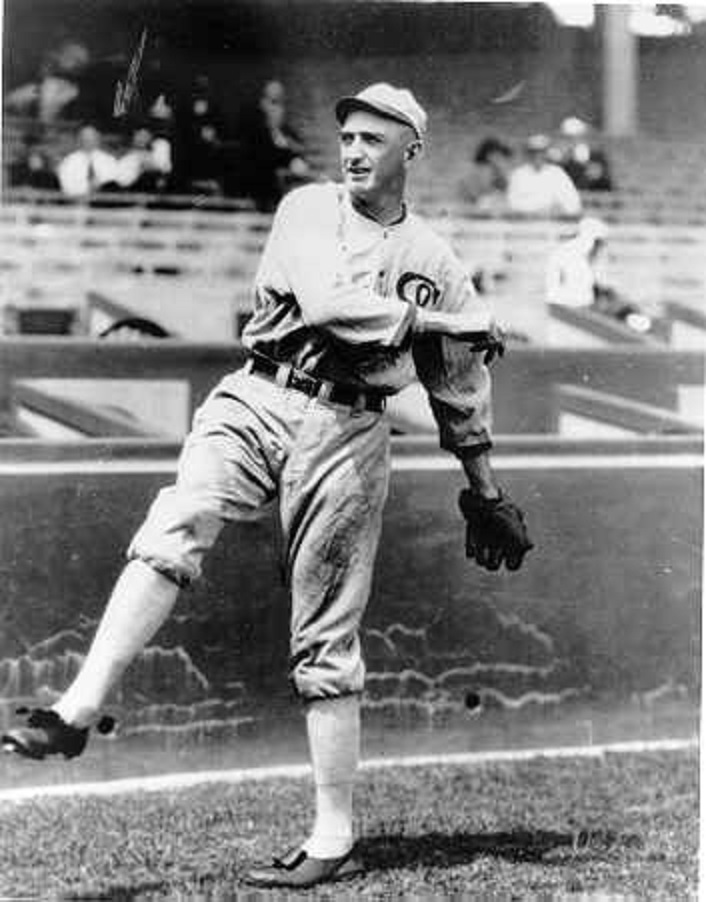
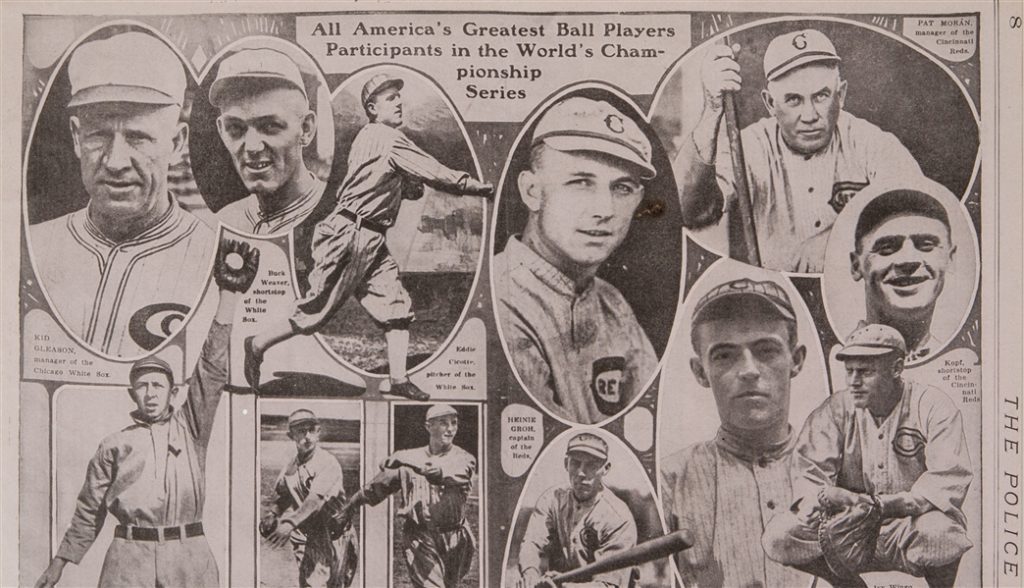
Collage of Reds and White Sox 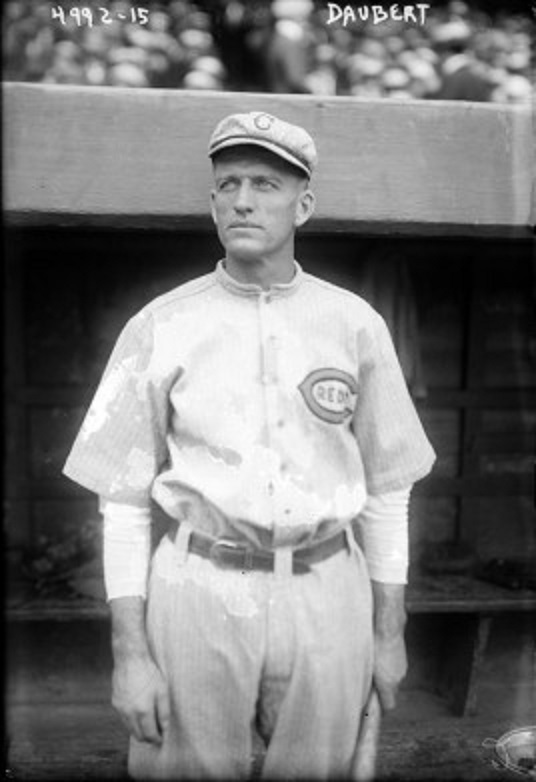
Jake Daubert 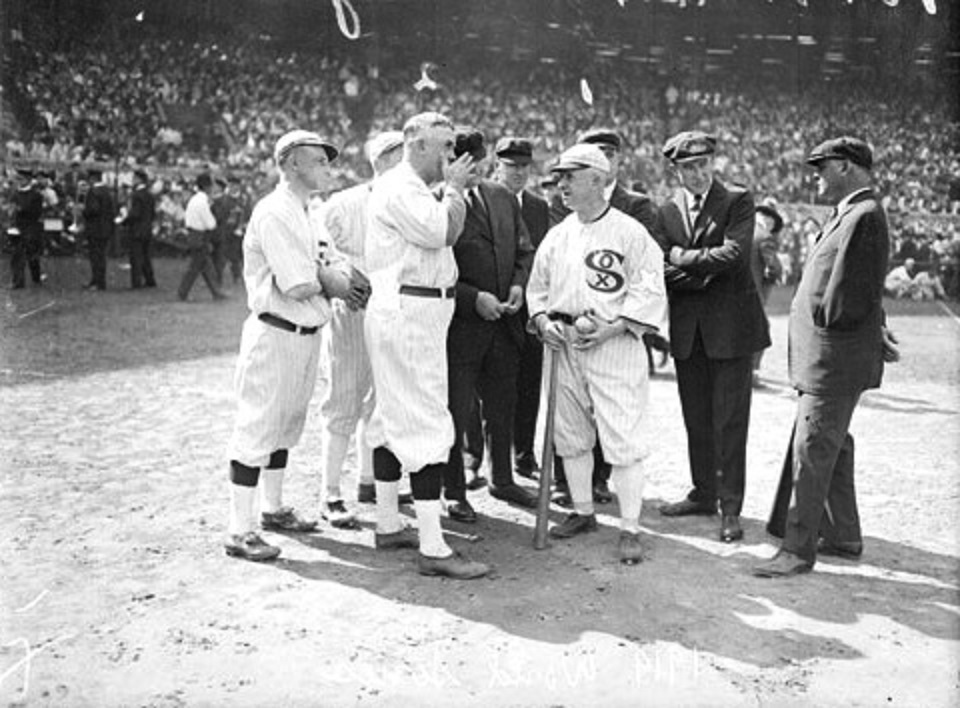
1919 World Series conference at the plate 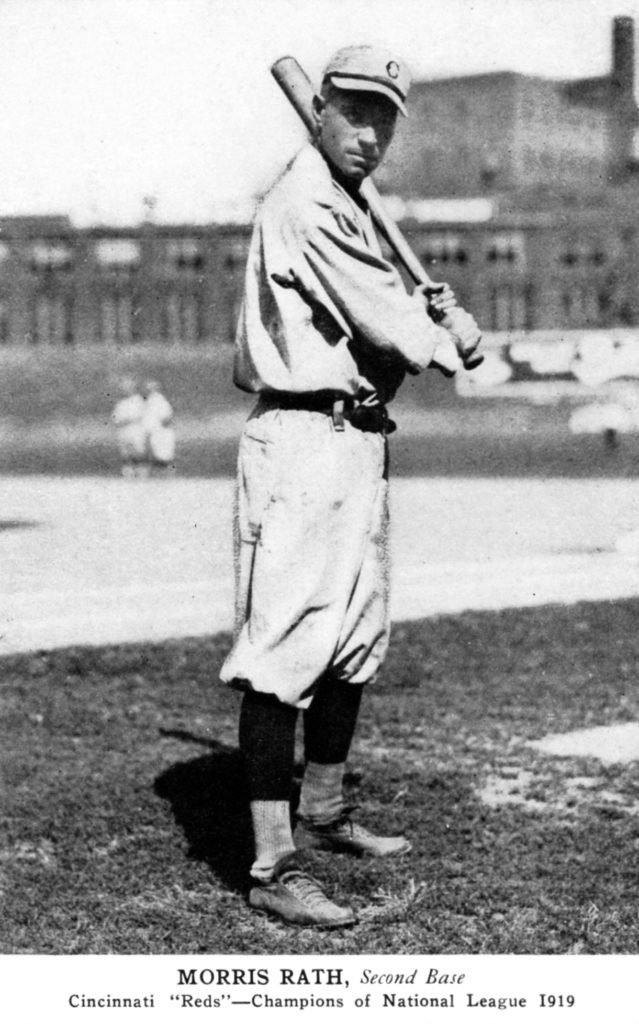
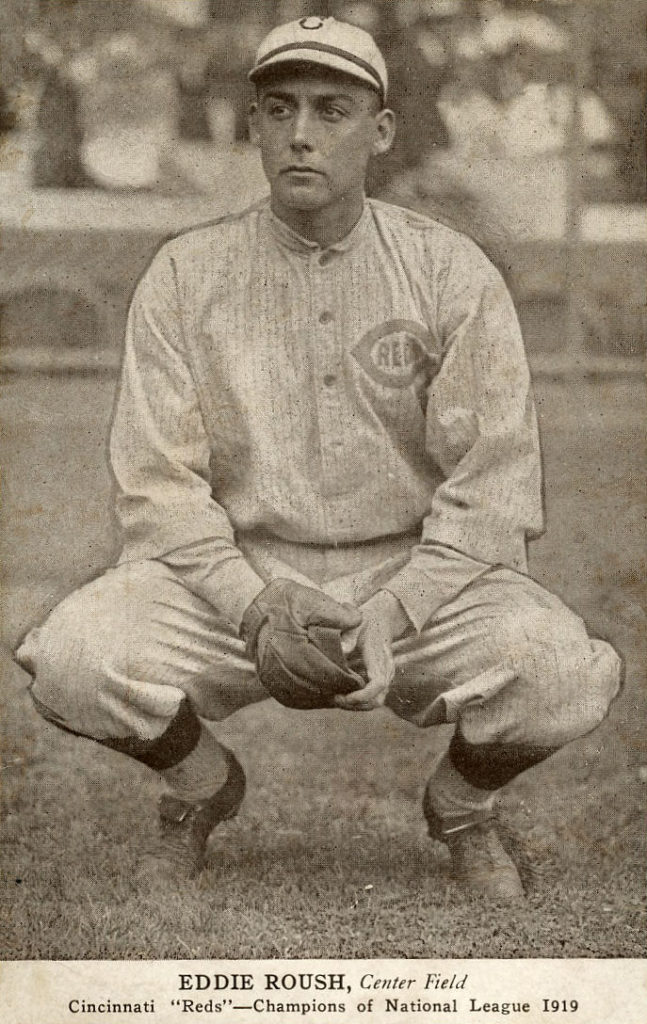
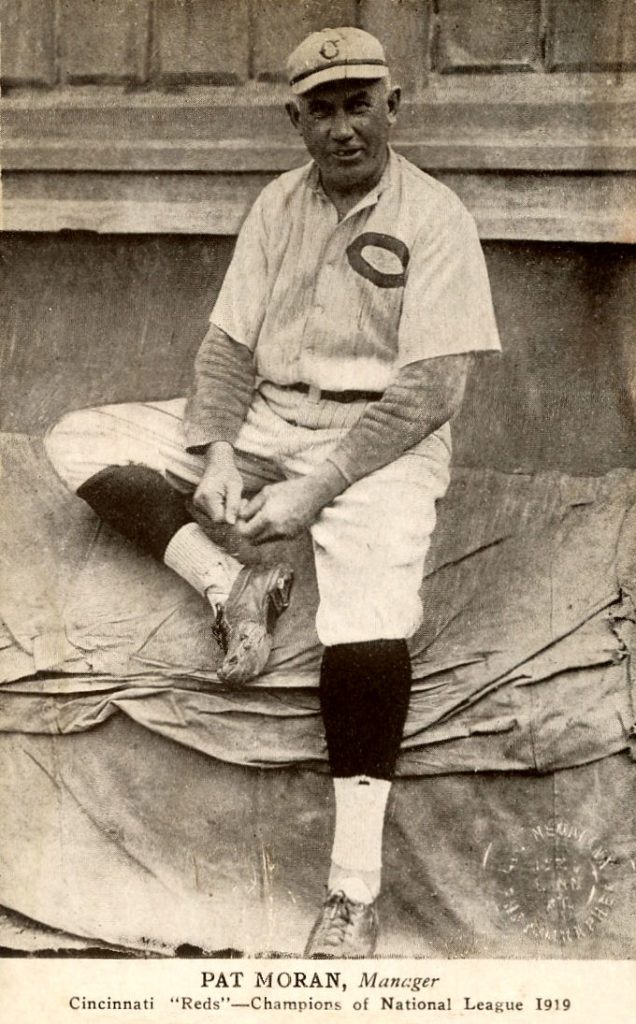
Pat Moran 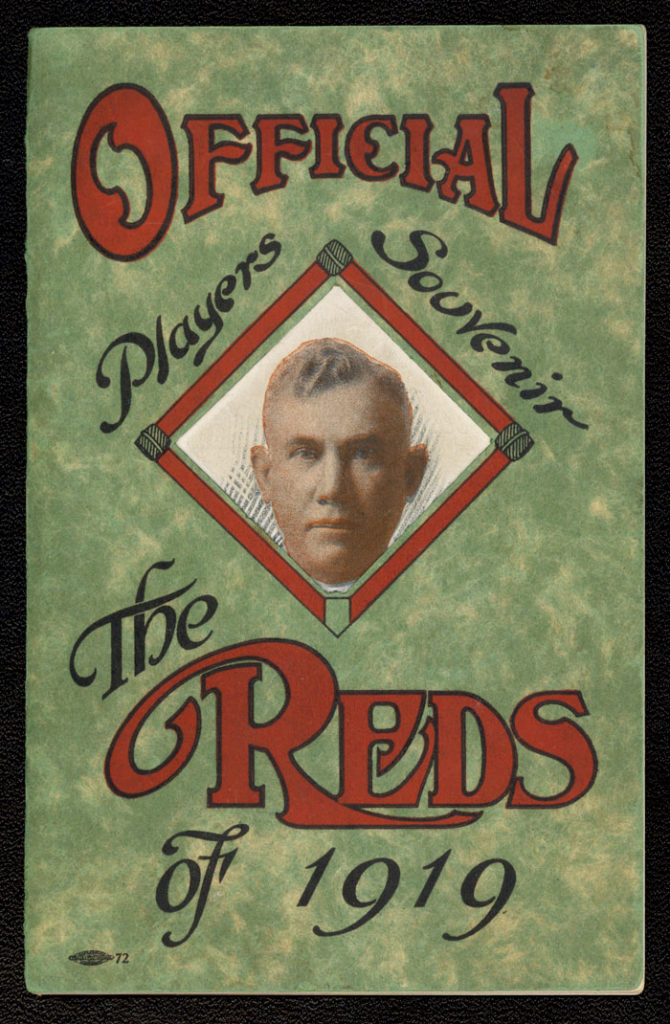
1919 Reds souvenir program
Another Look at the Black Sox Scandal: Other Notable Reds Players
As I near the end of my essays on the 1919 World Series, I’d like to say a few words about some of the other players on the two teams besides the “Eight Men Out.”
We’ve already highlighted the careers of the great Hall-of-Fame stars Eddie Collins and Edd Roush; plus managers Kid Gleason and Pat Moran. But there were other notable players on both teams who often get overlooked by the scandal that shook the baseball world to its core in 1919.
Today we’ll shine the spotlight on Reds players. In a past post, we looked at notable White Sox.
1919 Reds
Jake Daubert: In a 15-year career that many think is Hall-of-Fame worthy, Daubert hit .303, with 2326 hits, two National League batting titles, and the 1914 Chalmers Most Valuable Player Award. Jake passed away on October 9, 1924 a few weeks after the season ended.
Hod Eller: Hod was the ace of the Reds staff in 1919, going 20-9, then tailed off to 13-12 in 1920. He spent his entire five-year career with the Reds, retiring after the 1921 season with a record of 61-40. He passed away on July 18, 1961, in Indianapolis, Indiana.
Ray Fisher: Ray came to the Reds on waivers following the1918 season with the U.S. Army. He retired after a 10-year career in the majors in 1920, with a record of100-94 and a 2.82 ERA. After the 1920 season, he requested a release from the Reds rather than accept a $1,000 pay cut. For this reason, he was banned by Judge Landis for life. He then accepted a position as baseball and freshman football coach at the University of Michigan and stayed there for 38 years, winning nine Big Ten baseball titles. One of the football players he coached was future-president, Gerald Ford. In 1980, Commissioner Bowie Kuhn reinstated Fisher as a player in good standing. He passed away on November 3, 1962 in Ann Arbor, Michigan.
Heinie Groh: Famous for his bottle bat, Heine played 16 seasons in the majors, with a career .292 batting average and 1,774 hits. He followed 1919 hitting .298 in 1920, and .331 in 1921. Traded to the Giants after the 1921 season, Heine hit .474 in the 1922 World Series. He also made an appearance in the 1927 World Series with the Pirates. Following his playing days, he remained in baseball as a scout and minor league manager. Heine passed away on August 22, 1968 in Cincinnati.
Dolf Luque: Known as the “Pride of Cuba,” he was one of the first native Cubans to star in the major leagues. Over his 20-year career, he went 194-179, with a 3.24 ERA, and 206 complete games over 3,220 innings. He had a truly amazing season in 1922, with a 27-8 record, leading the National League in wins (27), winning percentage (.771), ERA (1.93), and shutouts (16). He made an appearance in the 1933 World Series with the Giants at the age of 43. Following retirement, he remained in the game as a coach. Dolf passed away on July 3, 1957 in Havana, Cuba.
Sherry Magee: His brilliant 16-year career came to an end after the 1919 World Series. Playing in 2085 games, he batted .291 with 2,169 hits. He had led the National League in hitting in 1910 (.331), and in RBIs in 1910 and 1915. After his playing days, he umpired for one year in the National League. Sherry passed away on March 13, 1929, in Philadelphia.
Earle “Greasy” Neale: Greasy had a great World Series in 1919, as the Reds leading hitter at .357 and 13 total bases. Over his eight-year career, he hit .259. Known for his speed, he had 139 stolen bases. During the offseason, Greasy played football and coached at the college level. After his baseball career ended, he turned full-time to football, and in 1940 was hired as coach of the Philadelphia Eagles. Under his leadership, the Eagles won the 1948 and 1949 NFL titles and appeared in three straight NFL championship games. He was elected to the Pro Football Hall of Fame. Greasy died on November 2, 1973 in Lake Worth, Florida.
Bill Rariden: Bill wrapped up a 12-year major league career in 1920 with a .237 career average. He was part of one of the most famous World Series plays. He was the Giants’ catcher in the decisive sixth game of the 1917 World Series as Eddie Collins broke for home on a tapper back to the mound. Rariden moved up the third baseline, leaving home plate unprotected, as Eddie Collins raced home ahead of the chasing Heine Zimmerman in hot pursuit. Bill passed away on August 28, 1942 in Bedford, Indiana.
Morrie Rath: The Reds first batter in the 1919 World Series, he was plunked by Eddie Cicotte in what was apparently a signal to the gamblers that the fix was on. He played six years in the majors hitting .264. He was one of only four players to play in a triple header in the modern era, which he did on the last day of his career, October 2, 1920. He served in the U.S. Navy in World War I, and died on November 18, 1945 in Upper Darby, Pennsylvania.
Dutch Ruether: Dutch played 11 seasons in the majors, going 137-95 with a 3.50 ERA. An excellent hitter, he batted .667 in the 1919 World Series and .351 over the 1920 season. He also appeared in the 1926 World Series with the Yankees. He passed away on May 16, 1970 in Phoenix, Arizona.
Slim Salle: Slim played 14 seasons in the majors, going 173-143 with a 2.36 ERA. He got his nickname by carrying 180 pounds on his 6’3” frame. He retired after the 1921 season while with the Giants. He won Game Two of the 1919 World Series, getting some revenge against the White Sox, as they had beaten him twice in the 1917 World Series. He passed away on March 22, 1950 in Higginsport, Ohio.
Gary Livacari
Photo Credits: All from Google search
Check out my two books, both now available on Amazon in e-book and paperback: “Paul Pryor in His Own Words: The Life and TImes of a 20-Year Major League Umpire”and “Memorable World Series Moments.” All profits go to the Illinois Veterans Foundation
Cast Your Vote in Our New Poll Question: How Do You Feel About Judge Landis’ Verdict Against the “Eight Men Out”? https://wp.me/p7a04E-5IF
We are a participant in the Amazon Services LLC Associates Program, an affiliate advertising program designed to provide a means for us to earn fees by linking to Amazon.com and affiliated sites. Click here to view Amazon’s privacy policy

